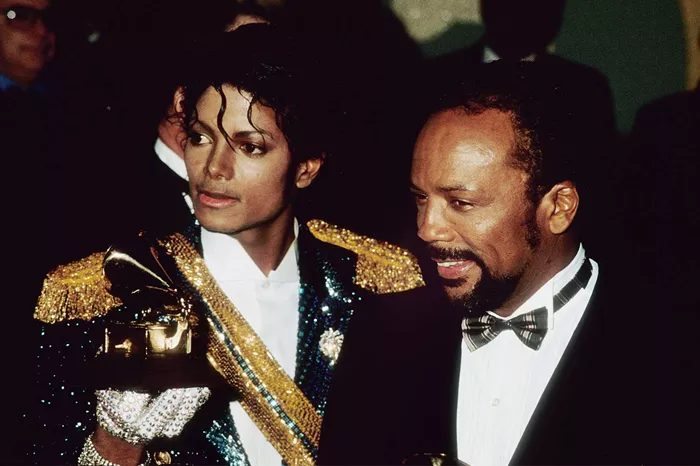Over his remarkable 91-year life, Quincy Jones accomplished nearly every feat imaginable in the entertainment industry. From humble beginnings to an unparalleled résumé, Jones was a musician, composer, arranger, record executive, film producer, and entrepreneur—a figure so interwoven in music’s evolution that he called himself “the ghetto Gump.” His story linked icons like Dizzy Gillespie, Miles Davis, Frank Sinatra, Michael Jackson, Amy Winehouse, and even modern stars like Dr. Dre and The Weeknd, underscoring his influence across decades.
Born in Chicago’s South Side during the Great Depression, Jones’s early life was rife with hardship. His mother’s mental health struggles led her to a psychiatric hospital, while Quincy himself faced violence on the streets. His father eventually moved the family to Washington, where Jones’s exposure to music flourished.
Jones’s prodigious talent was evident early on. While still a college student, he joined Lionel Hampton’s band, learning adaptability and open-mindedness—traits that would later define his genre-crossing success. In New York, he quickly established himself as an innovative arranger for legends like Count Basie, Clifford Brown, and Big Maybelle, showcasing a versatility that let him blend jazz, rhythm, and blues effortlessly.
In the 1960s, Jones ventured into pop with the hit “It’s My Party” by Lesley Gore, his first major success at Mercury Records. This commercial triumph didn’t dilute his artistry; Jones continued releasing jazz albums, notably Big Band Bossa Nova, which included the enduring track Soul Bossa Nova. His stylistic adaptability soon led to opportunities in film, with soundtracks for films like The Pawnbroker and In Cold Blood—the latter overcoming opposition from Columbia Pictures and even the author, Truman Capote, who initially balked at a Black composer.
By the 1970s, Jones’s solo albums blended jazz, soul, and funk, reaching new heights with Body Heat and The Dude. Both records united a diverse lineup of vocalists and musicians, demonstrating his talent for collaboration. But his most groundbreaking partnership was with Michael Jackson. Producing Off the Wall, Thriller, and Bad, Jones’s influence shaped the pop landscape. He knew precisely how to elevate Jackson’s vision, bringing in songwriters like Rod Temperton and arranging special features from artists like Paul McCartney and Eddie Van Halen, contributing to an album that appealed to a global audience.
Even after his collaboration with Jackson concluded, Jones continued to break boundaries. He reunited with Miles Davis for a final performance at Montreux Jazz Festival, drew talents from Ella Fitzgerald to Ice-T for later projects, and diversified into TV and film. At 84, he was still producing films, albums, and shows.
In the vast tapestry of music and culture, Quincy Jones remains a rare force who connected countless genres, personalities, and generations. His story, one of ceaseless reinvention and unmatched influence, is the legacy of an artist who truly did it all.
Read more:

